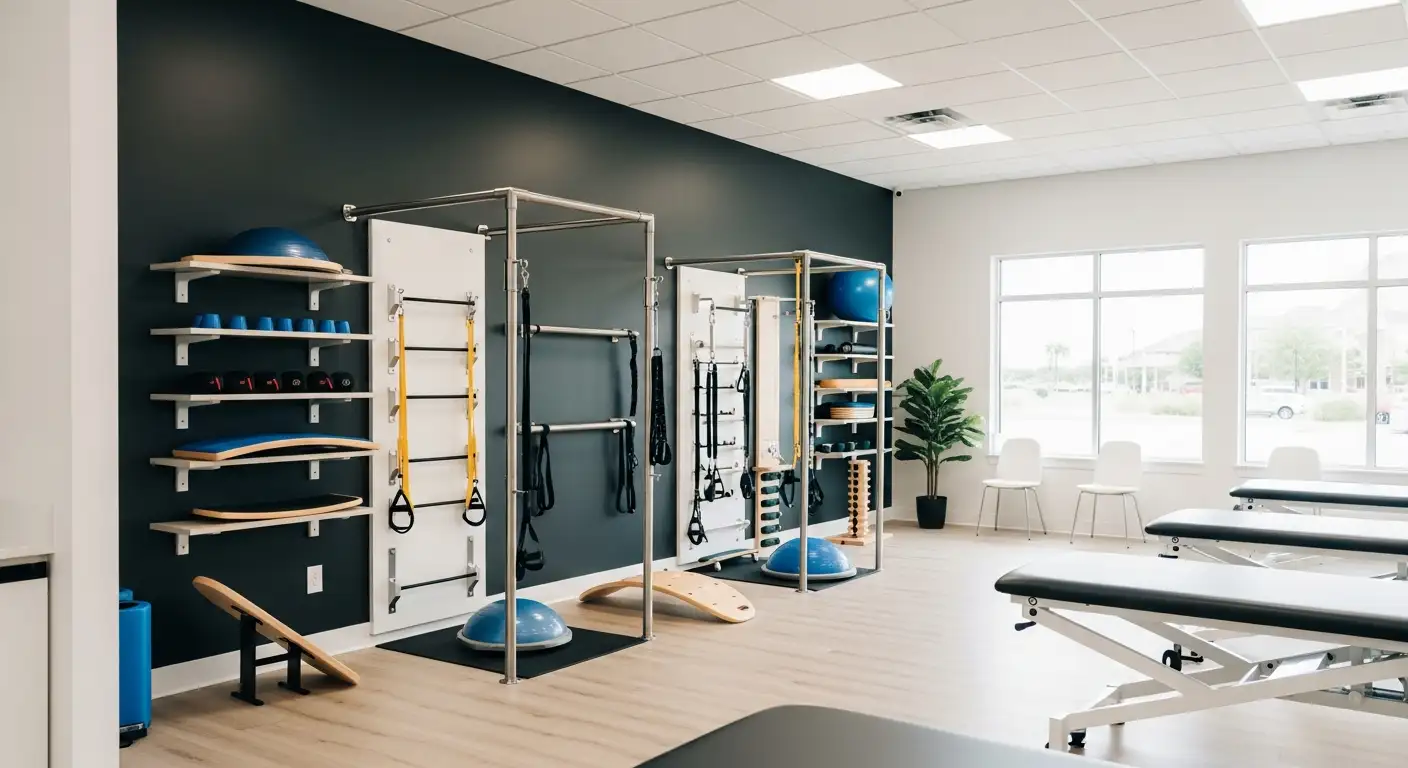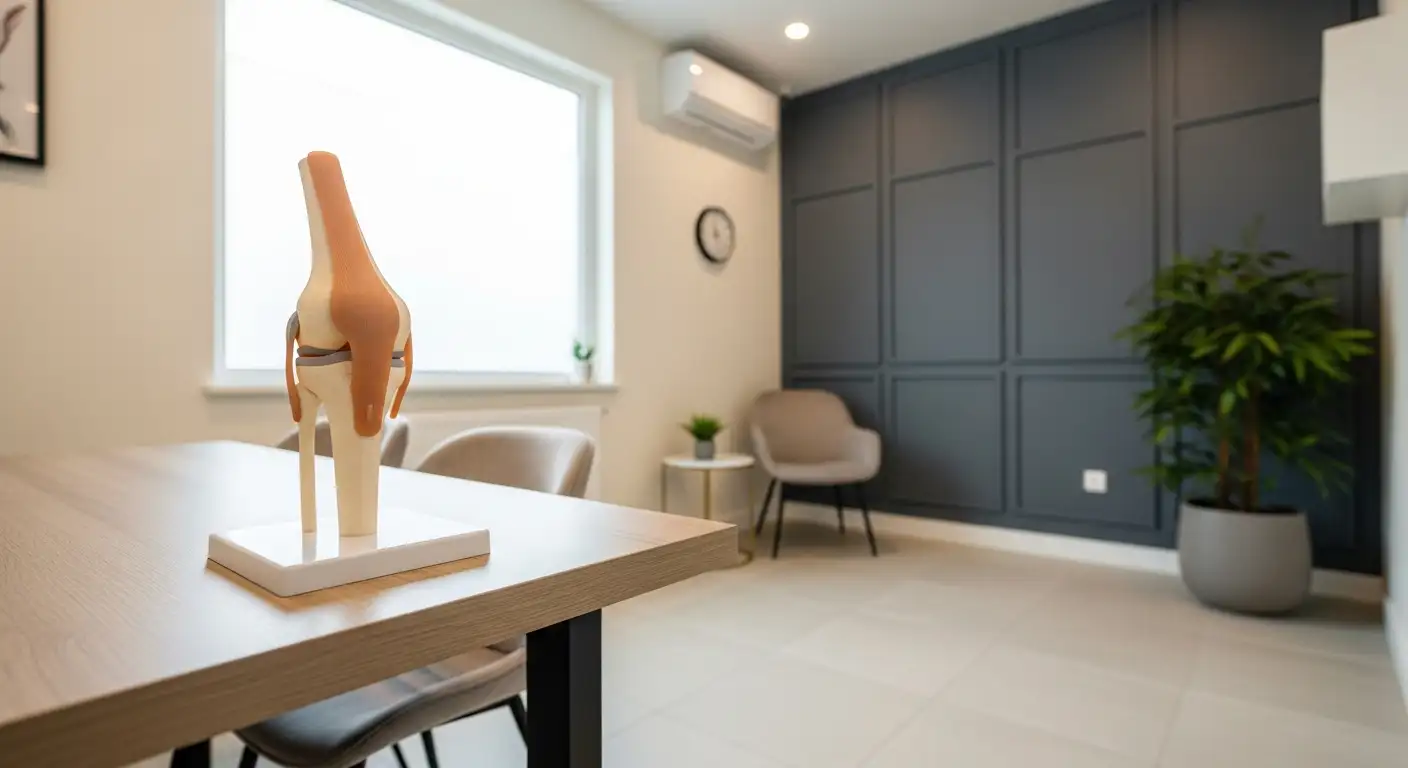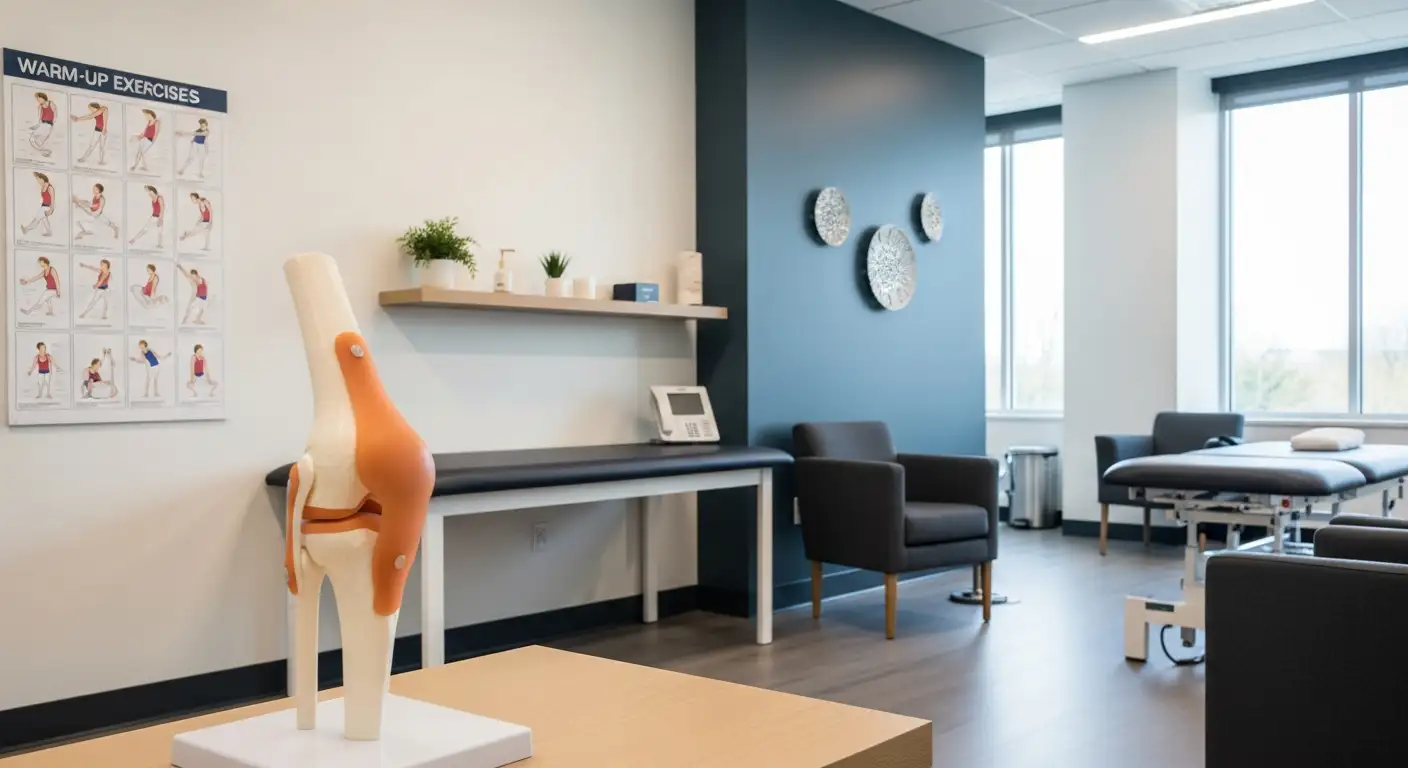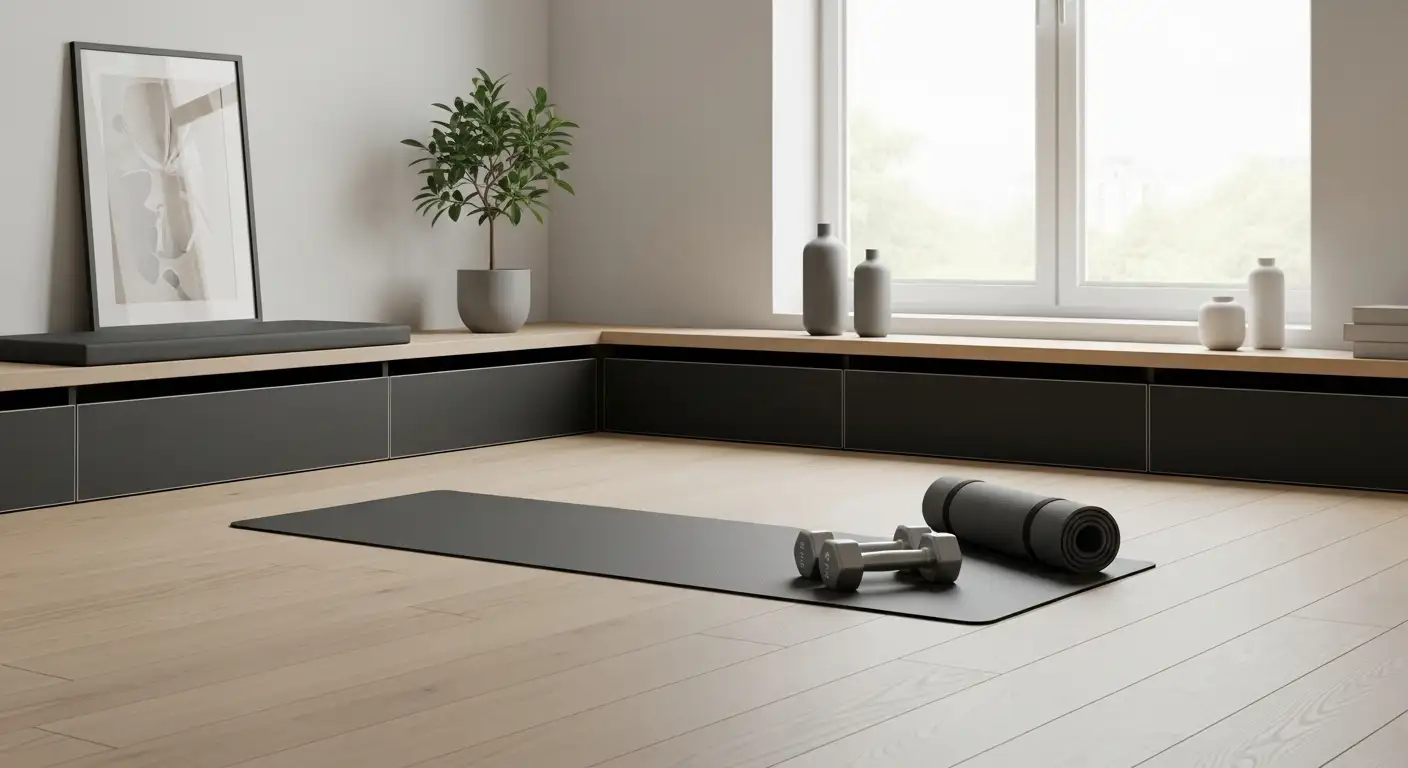Sleeping Challenges Post-Surgery
After knee replacement surgery, or total knee arthroplasty (TKA), patients often confront multiple challenges related to sleep. Understanding these challenges is crucial to devising effective strategies for restful sleep during the recovery period.
Impact of Knee Replacement on Sleep
Sleep disturbances are a common occurrence after knee replacement surgery. According to a study from the National Center for Biotechnology Information, about 50% of patients experience sleep disturbances after TKA. The pattern of these disturbances typically involves an initial improvement, followed by a peak in disturbance after one month, and then a gradual improvement thereafter.

The use of opioids for pain control after TKA can also disrupt sleep patterns. However, opioid-free analgesia methods may lead to improved sleep quality. Other pain management techniques, such as periarticular injections and the use of epidural catheters for analgesia, were associated with better sleep outcomes after TKA.
Factors Affecting Sleep Recovery
Several factors can influence the recovery of sleep patterns after knee replacement surgery. For instance, research indicates that patients with a higher body mass index (BMI) had a longer recovery period from pain and poorer sleep patterns after TKA.
Similarly, patients with diabetes also demonstrated poorer recovery and sleep patterns after the surgery. These findings underscore the importance of managing underlying health conditions to facilitate better sleep and recovery post-surgery.
Table: Impact of Various Factors on Sleep Recovery
In light of these findings, it's crucial that patients understand how to sleep after knee replacement surgery. Ensuring optimal sleep positions, managing pain effectively, and avoiding certain sleeping positions can all contribute to a more restful sleep and a smoother recovery process.
Best Sleeping Positions
Finding the most comfortable and supportive sleeping position is crucial to getting a good night's sleep after knee replacement surgery. Some positions can promote healing by improving blood flow and minimizing stress on the knee. Here we explore two optimal sleeping positions: back sleeping and side sleeping.
Back Sleeping for Optimal Blood Flow
According to OrthoBethesda, the best way to sleep after knee surgery is on your back. This position allows for proper blood flow to the surgery site and makes it easy to keep your leg straight. It's important to maintain a straight leg position to avoid applying unnecessary pressure on the operated knee, which could potentially hinder the recovery process.
For additional support and comfort, consider propping up the leg with pillows underneath the length of the knee and calf. This can help to prevent bending of the knee while sleeping and ensure that your knee gets the appropriate support it needs to heal.
Remember, everyone is different, so what works for one person may not necessarily work for another. It's essential to listen to your body and adjust your position as needed to find the most comfortable sleeping position for you.
Side Sleeping for Comfort
While back sleeping is often recommended, side sleeping can also be a comfortable position for some people after knee surgery. However, it's critical to ensure that the operated knee is not under pressure in this position. Pillows can be used to create a cushion between the knees, helping to maintain alignment and prevent discomfort.
Whether you choose to sleep on your back or your side, the key is to ensure that your knee is well-supported and comfortable. Avoid bending the knee excessively and keep the leg elevated as much as possible to promote healing and recovery.
Remember, getting a good night's sleep after knee surgery is essential for your overall health and recovery. Don't hesitate to try different positions and use pillows for added comfort and support. Listen to your body and speak to your healthcare provider if you continue to have difficulty sleeping.
Tips for Improved Sleep
Post-knee replacement surgery, quality sleep is crucial for recovery. However, the pain and discomfort often associated with the recovery phase can make it challenging to get a good night's sleep. Here are a few strategies that can help you sleep better after knee replacement surgery.
Pain Management Strategies
Pain is a likely reason for sleeplessness after joint replacement surgery. Effective pain management can significantly improve sleep quality. It's been found that periarticular injections and epidural catheters for analgesia were associated with better sleep outcomes after total knee arthroplasty (TKA).
However, opioids, often used for pain control after TKA, can disturb sleep patterns. As such, opioid-free analgesia methods may lead to improved sleep quality. It's important to discuss pain management strategies with your healthcare provider to find the most effective and appropriate solution for you.
Using Pillows for Support
Proper use of pillows can provide significant relief and support for your knee while you sleep. If you're sleeping on your back, propping your leg up using pillows can help ensure your knee gets the appropriate support by keeping it straight and relieving pain.
If you're sleeping on your non-operative side, placing a couple of pillows between your knees for support and comfort can help ensure that no pressure falls on the knee that underwent surgery [3]. However, it's recommended to wait at least a few weeks after surgery before starting to sleep on your side.
Avoiding Certain Sleeping Positions
After knee replacement surgery, certain sleeping positions should be avoided to ensure proper healing and avoid discomfort. It's not safe to sleep on your stomach or the side that underwent surgery.
The best way to sleep after knee surgery is on your back as it allows for proper blood flow to the surgery site and makes it easy to keep your leg straight.
By implementing these tips, you can improve your sleep quality after knee replacement surgery, aiding in your recovery process. Remember, each individual's experience with surgery and recovery is unique, so it's essential to consult with your healthcare provider for personalized advice.
Managing Sleep Disruptions
Post-surgery, getting a good night's sleep is often a challenge. However, it is crucial for recovery. This section will discuss the importance of sleep after knee replacement surgery and provide strategies for better sleep.
Importance of Sleep Post-Surgery
Sleep plays a critical role in recovery after knee replacement surgery. According to a study from the National Center for Biotechnology Information (NCBI), sleep disturbance occurs in about 50% of patients after total knee arthroplasty (TKA), with initial improvement followed by a peak in disturbance after one month and then gradual improvement thereafter.
Patients with higher body mass index (BMI) or diabetes also experienced longer recovery times from pain and poorer sleep patterns after TKA. Thus, managing sleep disruptions post-surgery is not only important for overall well-being but also plays a significant role in the recovery process.
Strategies for Better Sleep
Improving sleep after knee replacement surgery often involves a combination of pain management strategies and adjustments to sleeping positions. Here are a few strategies that may lead to improved sleep quality:
- Pain Management: Periarticular injections and epidural catheters for analgesia were associated with better sleep outcomes after TKA. On the flip side, opioids used for pain control can disturb sleep patterns, and opioid-free analgesia methods may lead to improved sleep quality. Discussing these options with your healthcare provider can help determine the best approach for managing post-surgery pain and improving sleep.
- Sleeping Position: Back sleeping may optimize blood flow, while side sleeping might provide comfort. Avoiding certain positions, like sleeping on your stomach, can also help alleviate discomfort and improve sleep quality.
- Supportive Pillows: Using pillows for support can help maintain comfortable sleeping positions. For example, placing a pillow between your knees while side sleeping can provide additional support and comfort.
- Relaxation Techniques: Techniques such as deep breathing, meditation, or listening to soothing music can also help promote restful sleep.
- Regular Sleep Schedule: Maintaining a regular sleep schedule can help regulate your body's internal clock and improve sleep quality.
By implementing these strategies, patients can manage sleep disruptions and improve their rest during the recovery period following knee replacement surgery.
Post-Surgery Sleep Recovery
Understanding the recovery process post-surgery, particularly the impact on sleep patterns, is crucial for patients who have undergone knee replacement surgery. This section delves into the timeline of sleep patterns post-surgery and the relationship between pain and sleep quality.
Sleep Patterns and Recovery Timeline
Sleep disturbance occurs in about 50% of patients after total knee arthroplasty (TKA), with initial improvement followed by a disturbance peak after one month and gradual improvement thereafter.
Patients with higher body mass index (BMI) and those with diabetes tend to have longer recovery times from pain and poorer sleep patterns post-TKA [2].
Around the 6-week mark post-surgery, patients generally experience less pain and may have stopped taking pain medications with side effects. This is also the time when the care team usually gives approval for patients to sleep in more comfortable positions.
Relationship Between Pain and Sleep Quality
Pain likely contributes to sleeplessness after joint replacement surgery. Opioids, often used for pain control post-TKA, can disrupt sleep patterns, and opioid-free analgesia methods may lead to improved sleep quality.
Periarticular injections and epidural catheters for analgesia were associated with better sleep outcomes post-TKA [2].
Sleep is particularly important in the first weeks of recovery post-joint replacement surgery as chronic sleep issues have been correlated with depression, anxiety, and mental distress.
In this context, safe sleeping positions are crucial post-joint replacement surgery to avoid discomfort and ensure proper healing. It is not safe to sleep on the stomach or surgical side post-knee replacement surgery [1]. The best way to sleep after knee surgery is on the back, as it allows for proper blood flow to the surgery site and makes it easy to keep the leg straight [3].
Consultation with the physician regarding safe sleeping positions is recommended as different approaches may have specific sleeping precautions. By understanding the relationship between pain and sleep quality, patients can better manage their recovery process after knee replacement surgery.
References
[1]: https://www.bardavon.com/patient/sleep-after-joint-replacement/
[2]: https://www.ncbi.nlm.nih.gov/pmc/articles/PMC7014861/
[3]: https://www.orthobethesda.com/blog/sleep-after-a-knee-replacement/





